Optimal Timing for Cinder Block Wall Repairs
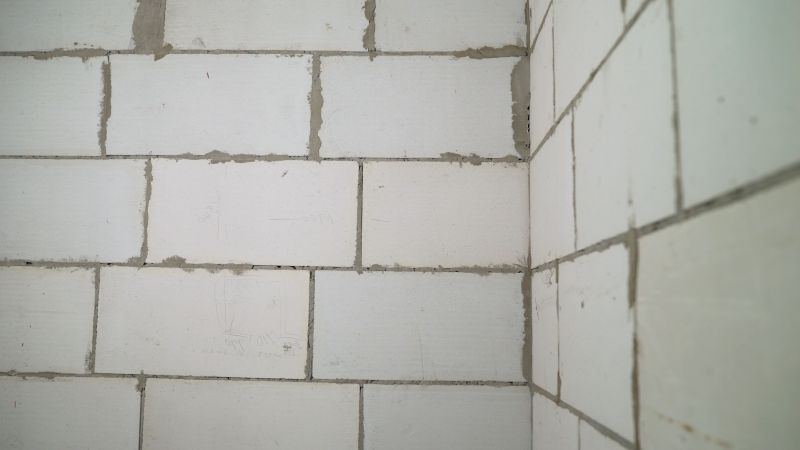
Performing repairs during dry weather ensures proper curing and adhesion of mortar and sealants.
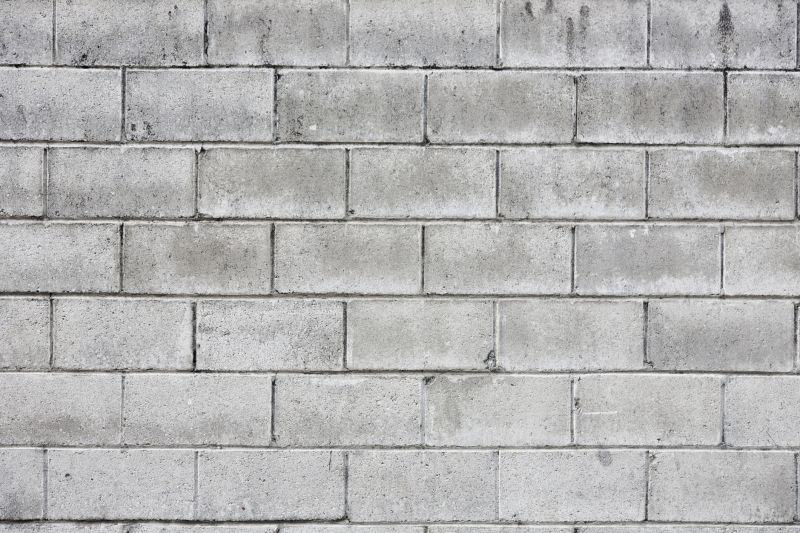
Optimal temperatures range between 50°F and 85°F, preventing issues caused by extreme cold or heat.
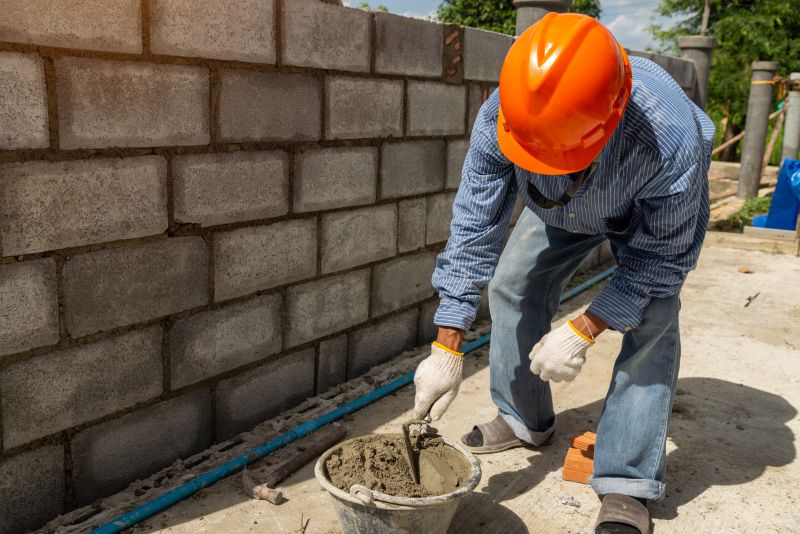
Low humidity reduces the risk of moisture-related problems during and after repairs.
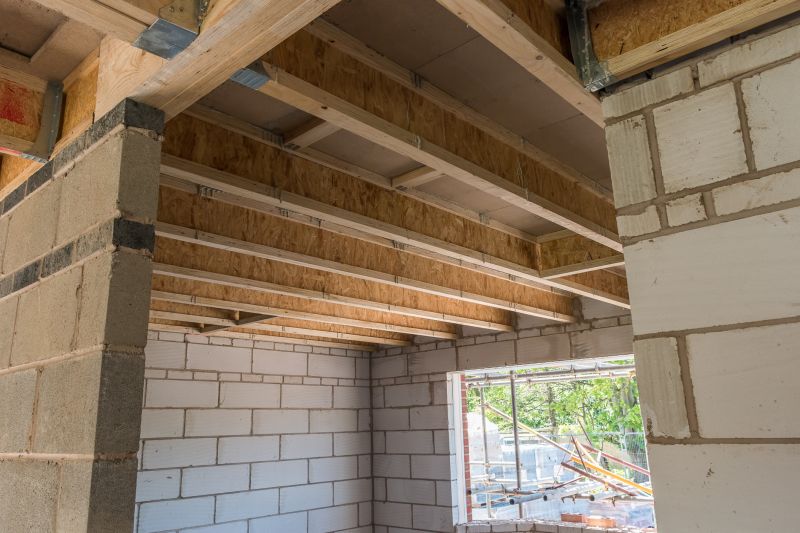
Ways to make Cinder Block Wall Repairs work in tight or awkward layouts.
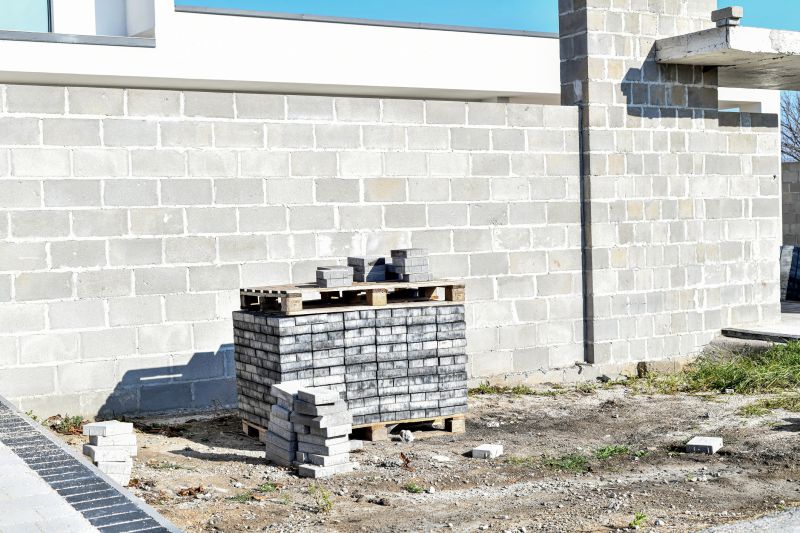
Popular materials for Cinder Block Wall Repairs and why they hold up over time.
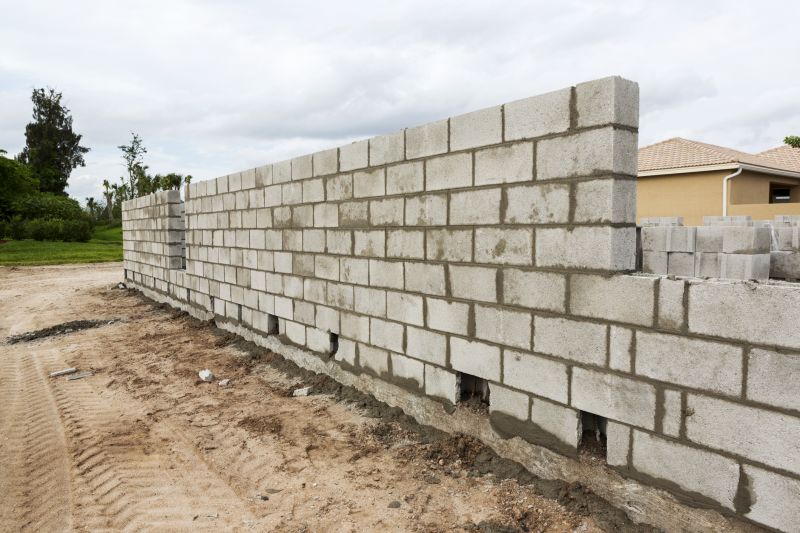
Simple add-ons that improve Cinder Block Wall Repairs without blowing the budget.
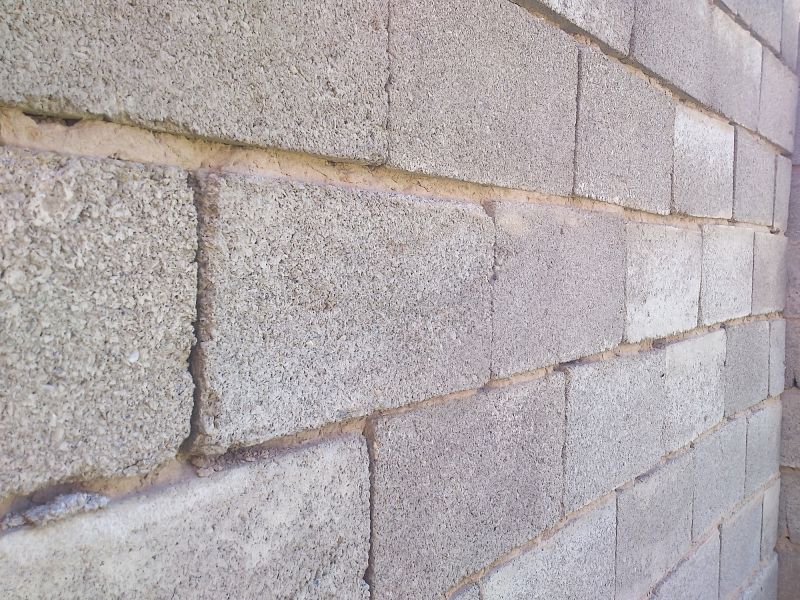
High-end options that actually feel worth it for Cinder Block Wall Repairs.
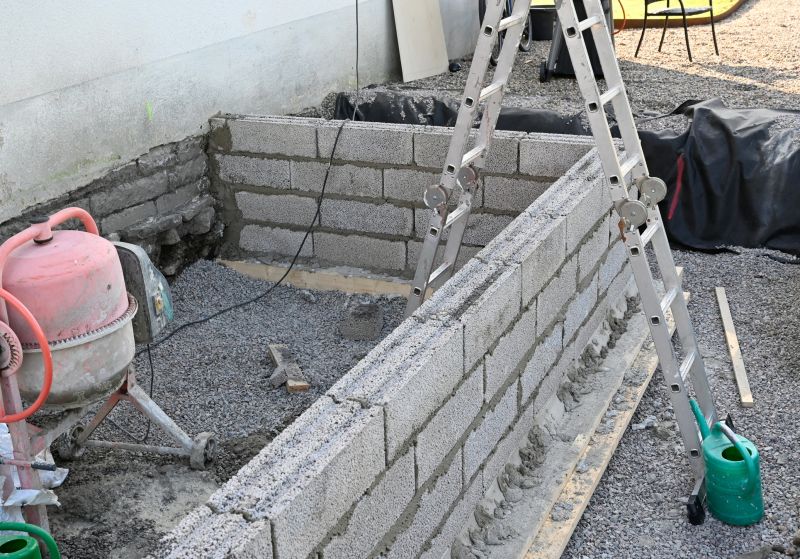
Finishes and colors that play nicely with Cinder Block Wall Repairs.
Cinder block wall repairs are essential for maintaining structural integrity and appearance. The timing of repairs significantly impacts their durability and effectiveness. Repairing during favorable weather conditions helps ensure that mortar and sealants cure properly, preventing future issues such as cracking or water infiltration.
Weather influences the curing process of mortar and the adhesion of repair materials. Avoiding rainy or freezing conditions is recommended.
Spring and early summer are ideal for repairs due to moderate temperatures and lower moisture levels.
Cracks, crumbling mortar, or water damage indicate the need for repairs, which should be scheduled during suitable weather.
Proper surface cleaning and drying are crucial, especially if repairs are delayed until optimal weather conditions.
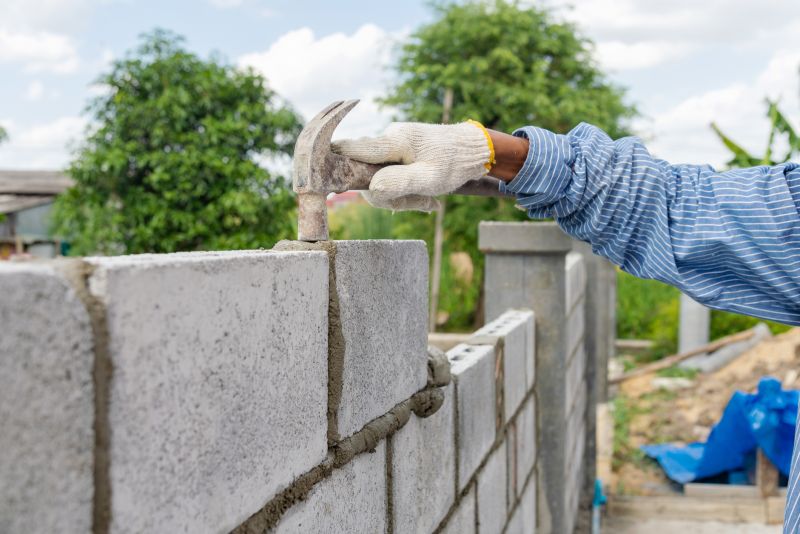
Image depicting cleaning and preparation of the wall surface.
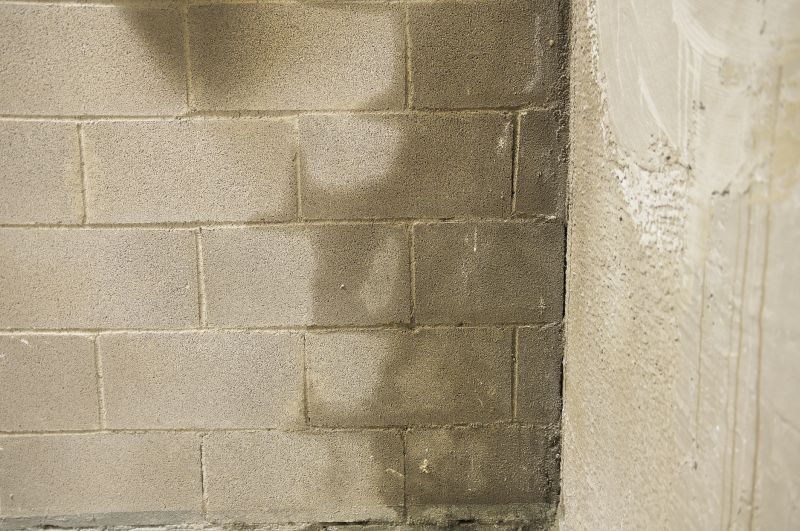
Image showing mortar being applied to damaged areas.
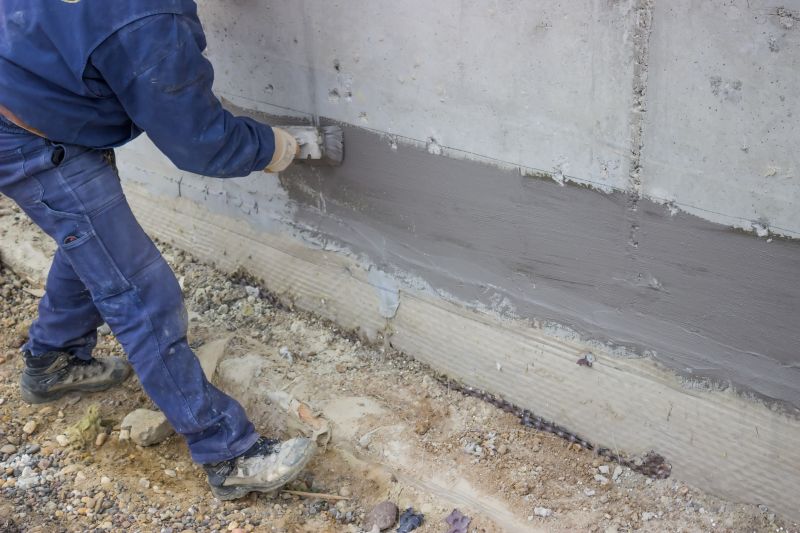
Image of sealing repairs to prevent water infiltration.
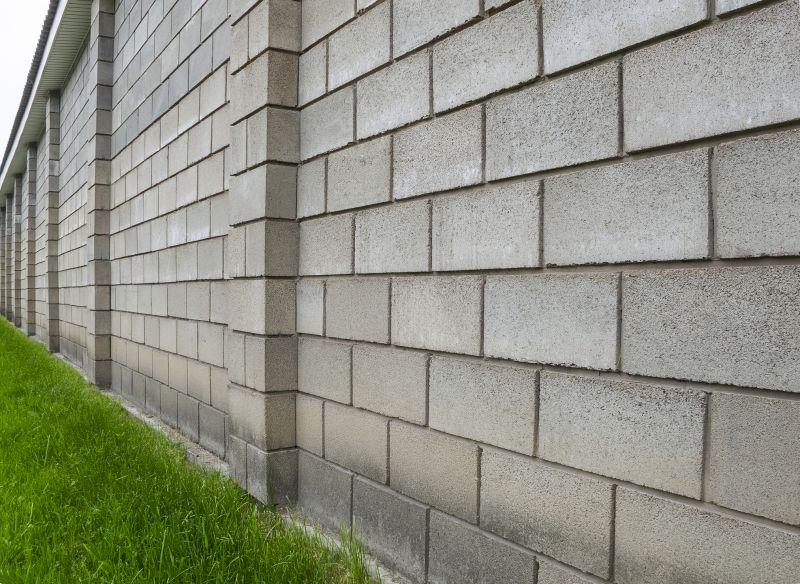
Image of a fully repaired cinder block wall.
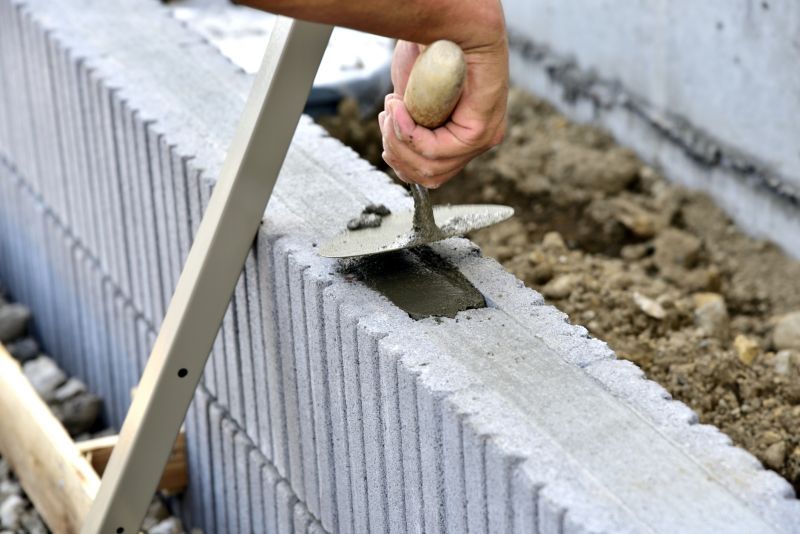
Close-up of tools like trowels, brushes, and sealants.

Damaged wall with visible cracks and deterioration.
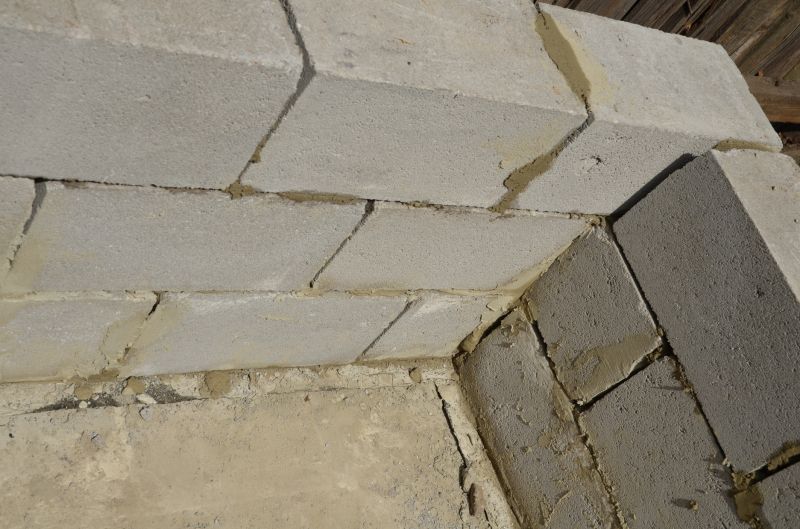
Wall restored with fresh mortar and sealed surface.
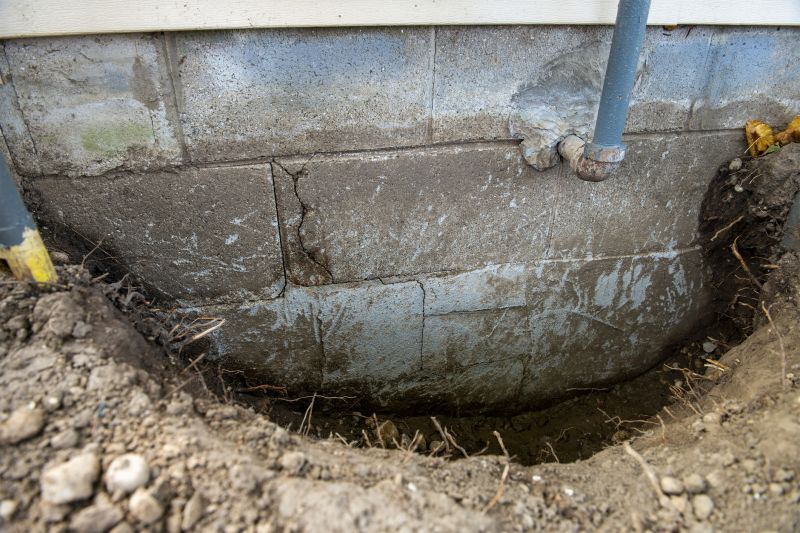
Images showing ideal weather for repairs, such as clear skies and moderate temperatures.
| Optimal Repair Conditions | Details |
|---|---|
| Dry Weather | Ensures proper curing and adhesion. |
| Temperatures between 50°F and 85°F | Prevents issues caused by cold or heat. |
| Low Humidity | Reduces moisture-related problems. |
| Spring or Early Summer | Ideal seasons for scheduling repairs. |
| Avoid Rain or Freezing Temperatures | Prevents damage to repair materials. |
| Moderate Wind Conditions | Avoids disruption during curing. |
| Clear Skies | Supports consistent drying and curing. |
| Post-Repair Dry Period | Allows repairs to set without moisture interference. |
Proper timing for cinder block wall repairs enhances longevity and effectiveness. Scheduling repairs during suitable weather conditions minimizes risks associated with moisture, temperature fluctuations, and improper curing. Regular inspections can help identify issues early, ensuring repairs are performed promptly during optimal periods.

Worker applying mortar during favorable weather.
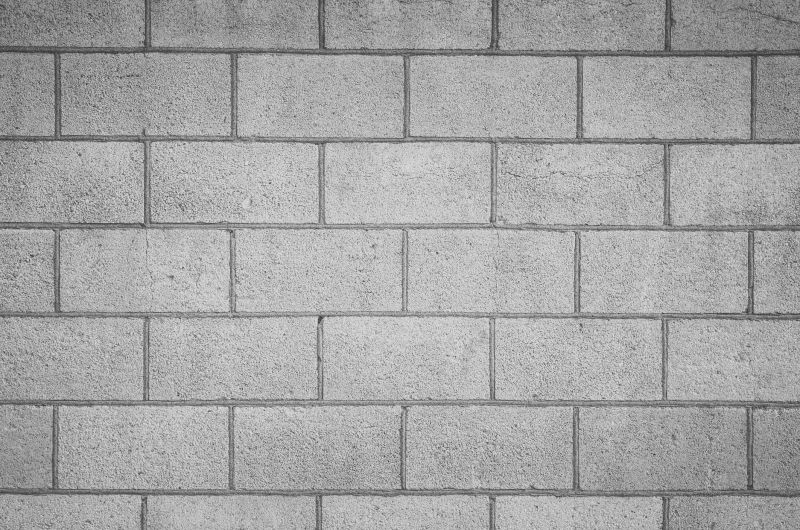
Tools used to check weather conditions before starting repairs.
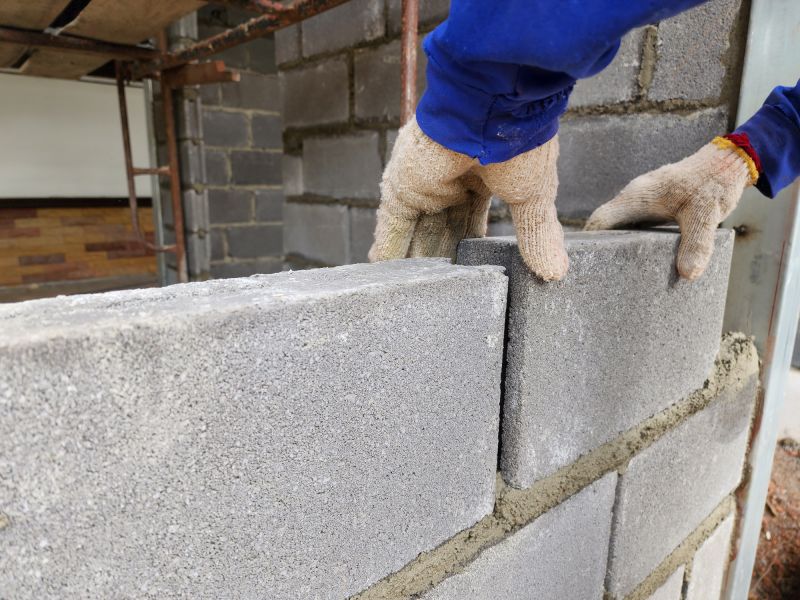
A well-maintained cinder block wall after repairs.
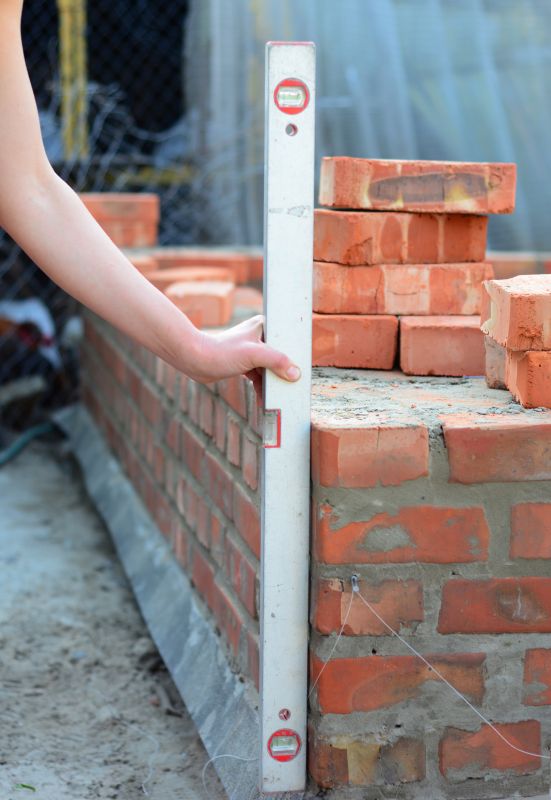
Assessing the wall to determine repair needs.
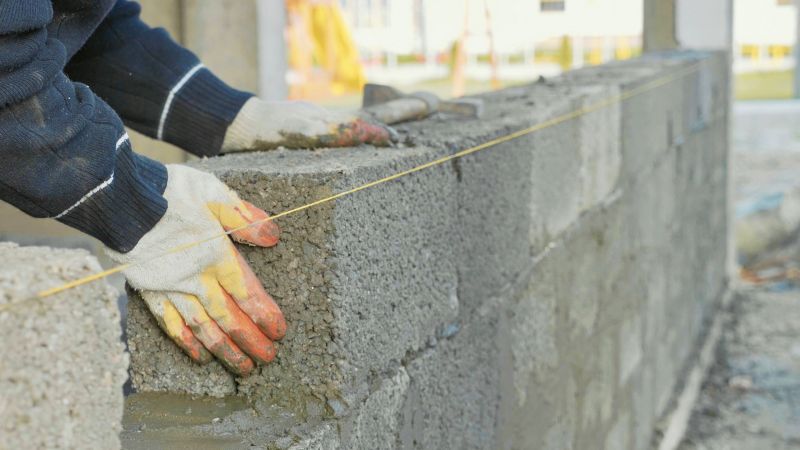
Little measurements that prevent headaches on Cinder Block Wall Repairs day.
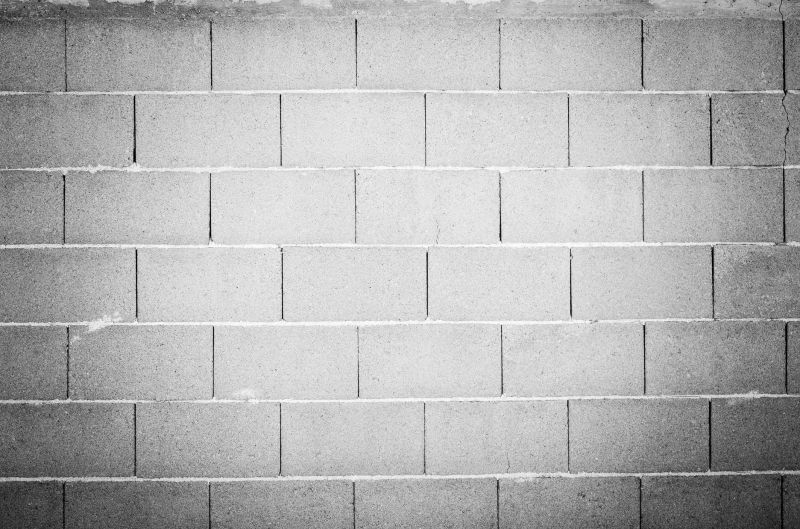
A 60-second routine that keeps Cinder Block Wall Repairs looking new.
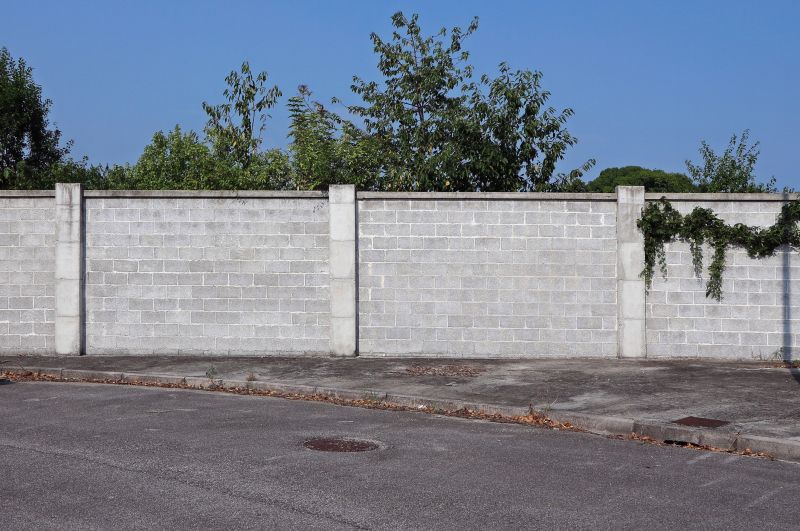
A frequent mistake in Cinder Block Wall Repairs and how to dodge it.
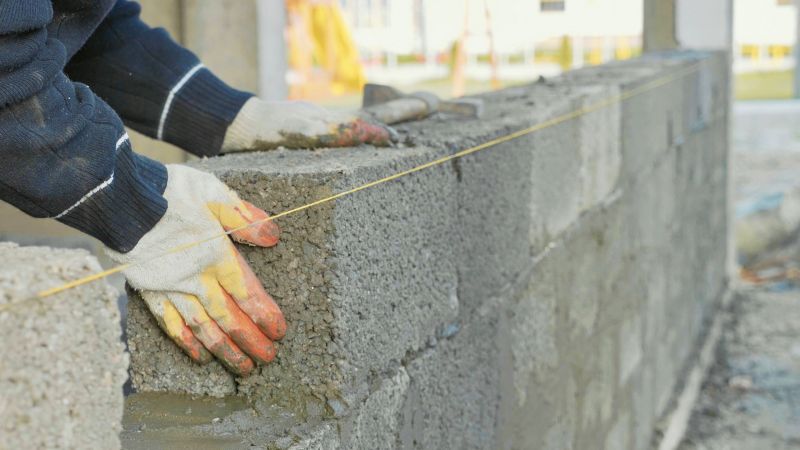
Small tweaks to make Cinder Block Wall Repairs safer and easier to use.
Interested in cinder block wall repairs? Filling out the contact form can provide access to professional assessments and tailored repair solutions. Proper timing and maintenance can extend the lifespan of cinder block structures, ensuring safety and durability over time.



